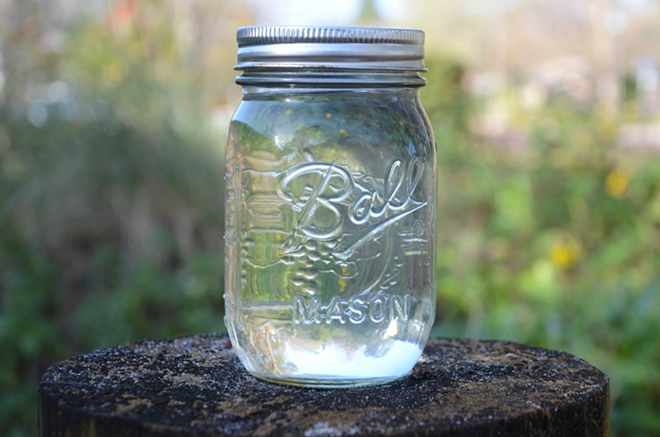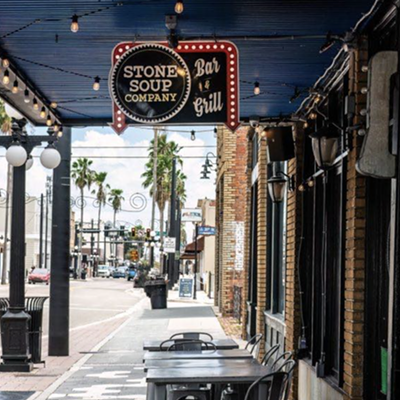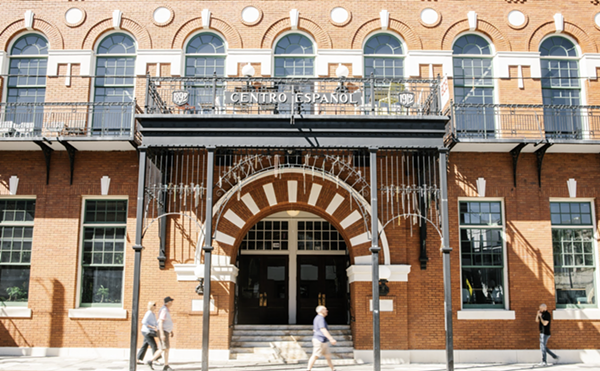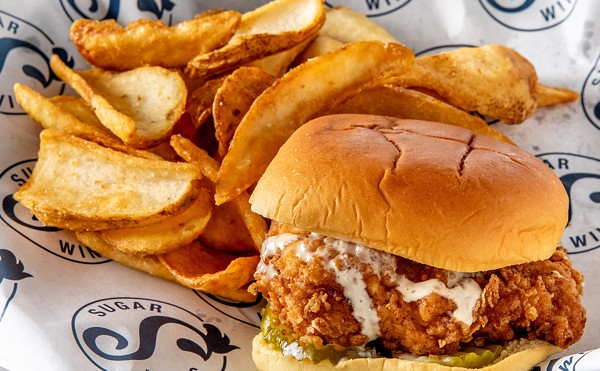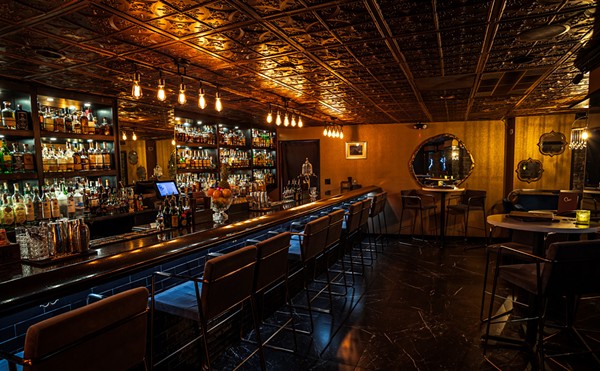“It’ll hit you.”
Those are the words of a local moonshiner, and whether you call it mountain dew, white lightning, hooch or moonshine, illicit booze has earned its place in Southern alcohol history — and the present. This shiner, who asked to remain nameless because, well, he’s making illegal corn whiskey and doesn’t think prison garb would flatter his figure, says as best as he can figure that the moniker “white lightning” comes from the drink’s effect when you take a shot, and after I sip some of his hooch, cautiously, I can attest, he ain’t wrong.
It’ll hit you.
Moonshine, of course, now has a legal place on liquor store shelves, and although it isn’t technically moonshine (because it’s made legally), it has the same impact as rum or vodka, sometimes more so because it typically contains at least 50 percent alcohol.
Shine’s roots date back to the events leading to the 1791 Whiskey Rebellion, when government tried to tax home-distilled spirits. After that, Prohibition laws made any spirits illegal, leading to a spike in moonshine production. Prohibition years were, so to speak, the halycon days of moonshine. As for the Deep South’s part in this, Southern Appalachian moonshiners did it first, and, if we dare hang this adverb on “moonshine,” they did it best. These mountain men, typically Scotch or Irish immigrants or the descendants thereof, used corn as a base for their whiskey.
Today, of course, many cities don’t care if you want to distill a small amount of booze in your garage, but some do. (Disclaimer: Check with your local authorities before you set up a still). More significantly, the federal government expressly does not allow it, punishing illegal stills with hefty fines and jail time (here are all the different ways home distillers break the law). Moonshiners face up to five years in jail and $10,000 per offense, and the list of offenses would put the average shiner in jail for almost 30 years and in the hole for $60,000.
You’d have to sell an awful lot of moonshine to make up that deficit. At least, I think so, but our local shiner — let’s call him Burt, in honor of the Burt Reynolds classic White Lightning (and our koozie story, you'll see) — enjoys the process. For Burt, making moonshine is a peaceful, tasty hobby.
“You can get a permit for making alcohol for experimental purposes,” Burt says, adding that it’s not an easy process.
Burt starts with corn, and, as he explains, I get a clear understanding of mash, the base used by distillers in their whiskey (or any spirit). Think of a mash as you would a sourdough starter: It’s a living thing distillers use, often more than once. Corn whiskey, like Burt makes, has mash made from corn with sugar, yeast and barley.
Corn, Burt says, “is a moonshiner’s dream grain — you can use [the mash] again and again.” He uses one batch of corn, found at any local feed store (cracked or whole, matters not), four or five times.
“You drain off the mash, you boil it with the corn, you cool it, you put it with the yeast (put it to bed) for a week, drain that off. You don’t take the corn, you take the liquid, and that’s what goes in the still,” he says.
The first liquid that comes out of the still, called foreshot, “can be thrown out or used as lacquer thinner,” Burt laughs. “It’s really potent stuff.”
Shiners like Burt use foreshot in the next batch of mash, along with the tails, or the end of the run. Tails contain less than 40 percent alcohol (80 proof).
“The tails and the foreshots are added back into the next batch of mash to be fermented to make the wort or beer, which is drained and strained off to be distilled to make the next batch of shine,” he says.
As long as the feds don’t get there first.
Not up for a run-in with the feds? You can buy legal moonshine, which is something of a contradiction, from several distilleries. Like true moonshiners, they use a mash and don’t allow the shine to age as long as other liquors. They do, however, have federal permits to distill the hooch, which takes the fun out of it. Here’s a few you can try, though the preponderance of flavored moonshines makes us wonder if you’d be safer (from diabetes) finding a true shiner like Burt.
Firefly Distillery, known for its sweet tea line of vodkas, also sells moonshine. Its “white lightning” variety is 100.7 proof, meaning it’s roughly half corn alcohol (handy if you have a jar around when you run out of fuel). They also sell flavored moonshine, including a ruby red grapefruit variation that weighs in at a modest 70 proof. South Carolina. fireflyspirits.com.
Junior Johnson, a retired NASCAR driver, comes by moonshine as honestly as one can, according to his company (Piedmont) website. His family stills date back to the Whiskey Rebellion, and today Piedmont sells moonshine based on his family’s recipe. That stuff clocks a heavy 80 proof, but the blackberry, blueberry, cherry, cranberry and strawberry shines, along with one unflavored variety, are 100 proof. The other flavors have less alcohol. North Carolina. juniorsmidnightmoon.com.
Ole Smoky sells shine for the casual drinker — an apple pie-flavored, 40 proof variety and the higher-proof (more than 100) moonshine among them, many that contain no flavoring. If you make the trek to its distilleries (Gatlinburg and Pigeon Forge, which tells you a lot right there), you can also buy piña colada, margarita and butterscotch moonshine. Tennessee. olesmoky.com.
Stillhouse has renditions that include mint chip and red hot whiskey. Maybe it’s us, but shouldn’t moonshine taste like grain alcohol and not your favorite childhood treats? Kentucky. stillhouse.com.

